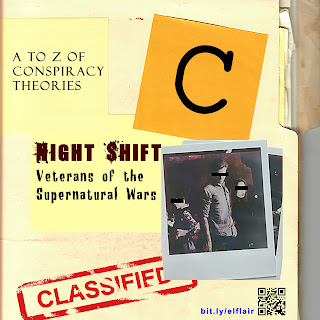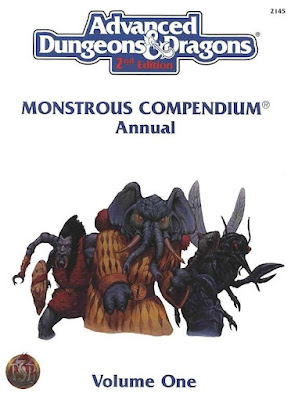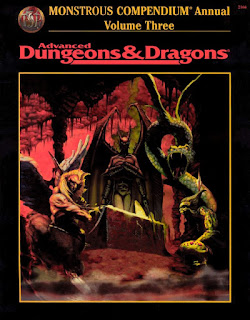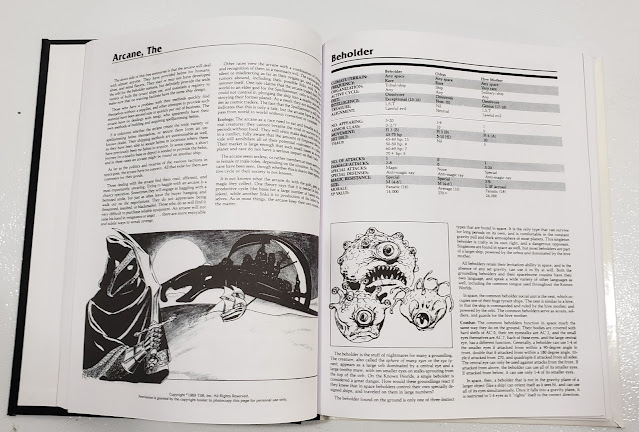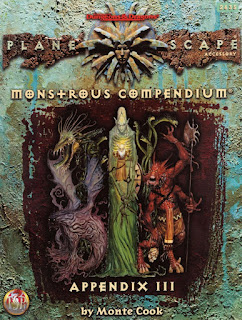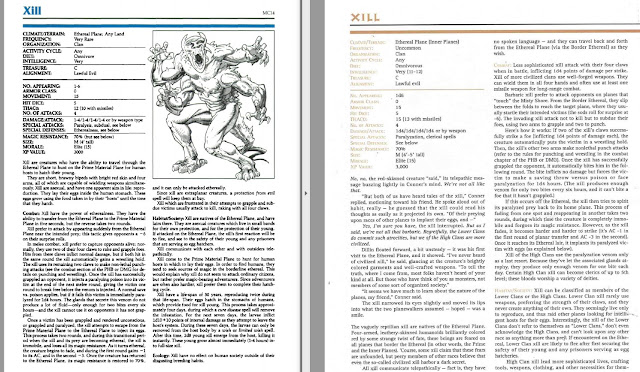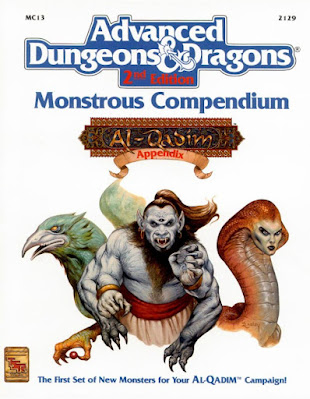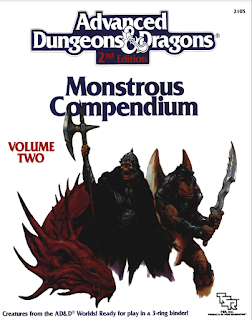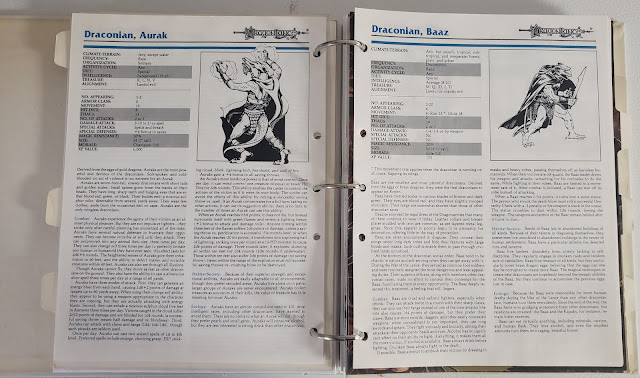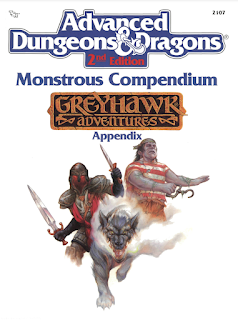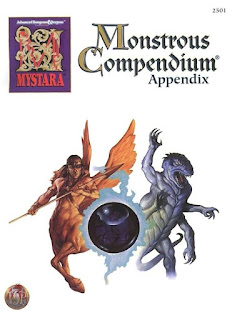In my syncretized myths these creatures are called Die Hüne, (plural. Singular: Der Hüne). This is what I said about them before:
Die Hüne are the Titans and the Giants of both myths. Primordial beings of great power that the gods defeated but still trouble them. In this myth, the Gods fought Die Hüne and brought order out of chaos. These are not just giants and titans, these creatures are the demons of this mythology.
In my mind, they are something of a combination of giant, elemental, and demon. The Gigantes of Greek myth (not AD&D) were more monstrous creatures. The jötunn of Norse myth likewise were more demonic. As time goes on these titans and jötunn become more and more human-looking till we have something like the giants of D&D.
My goal with Der Hüne is to get back to those older, more monstrous giants. Given that this mythology is half-Roman, these people will have been familiar with some of the tales of Goliath, the Anakim, and others from Jewish mythology. So maybe some of those tales entered into their thinking.
Here is how they will be used in my various D&D/OSR/FRPG games.
Erde Hüne
These creatures are also known as Earth Giants. They are the forebearers of the Hill, Mountain, and Stone giants as well as ogres. They stand 12 ft tall and are said to have bones made of stone.
These creatures are Chaotic Evil and have the most dealings with humans. While some certainly are stupid brutes, others are sufficiently intelligent and sophisticated enough to lead human armies. They have a taste for human flesh; both in the culinary and carnal appetites. There are some very tall, very evil humans that can trace their ancestry to one of these creatures. We get the word "Hun" from "Hüne."
Note: These take the role of the "evil giants in the bibles and other tales" giants like the Anakim. Though I covered some of this ground with Gog and Magog. I had Gog and Magog as a type of Balor or Baalor in my games. Maybe I could turn up the demonic influences on them and make Gog and Magog the named Erde Hüne. Balor are also 12' tall. The myths about Gog and Magog certainly have them more human-looking. This would also bring them closer to the Ogre idea I originally had. Worth thinking over to be sure and it would give me the demonic influences I want.
I think just to be "that guy" I am going to make them 13' tall.
Meer Hüne
These giants are found in the oceans to the far north. They are related to the Frost and Sea giants. They are not the progenitors of these creatures but are the offspring of the Rime Jötunn along with the Frost Giants. Sea Giants are the offspring of the Meer Hüne.
These creatures avoid humans but are no less evil. They have been known to wreck ships where they keep all the treasure and eat the humans aboard. In my myths, they would also be the forebearers of the Viking raiders that would swoop down and raid the villages of these people.
Note: On Earth, these giants populate the North Sea, the Baltic Sea, and the Norwegian Sea. In my desire to have my cake and eat it too I would picture these guys looking like the stereotypical Vikings. Including "Hägar the Horrible" horned helmets, though no idea how they make such helms.
Feuer Hüne
These creatures are made of pure living fire. They are the generation after the Inferno Jötunn and the "older brothers" to the Fire Giants.
Note: Right now these creatures are not significantly different enough from either the Fire Giants or the Inferno Jötunn to merit another distinct monster entry.
Äther Hüne
These creatures are massive with some towering as high as 36 feet tall. It is said their bones are made of clouds and their muscles are made of storms. They are the progenitors of the Cloud, Storm, and Fog giants.
Note: This is my "Jack and the Beanstalk" Giant (though in truth an evil Cloud Giant covers that readily).
Though anytime I work on giants this image comes to mind.
This image comes from the Creationist idea that there were giants in biblical times. This speculation all grows out of Genesis 6:4 "There were giants in the earth in those days", meaning the fallen angels or Nephelim or whatever. I spent a lot of time talking about this on my old Atheism blog, The Freedom of Nonbelief.
Here is how I use that image above. These are closer to AD&D heights than D&D 5e.
- Human
- Stone Giant
- Troll
- Ogre
- Hill Giant / Erde Hüne
- Fire Giant
- Frost Giant
- Cloud Giant
- Storm Giant
There. That is far more useful.
How do I work through the Square-Cube Law? Magic!
Of all these creatures I think I will develop the Erde Hüne (Earth Giants) and the Meer Hüne (Sea Giants) more. Fire and Frost are already covered well in the various jötunn of Norse myths. The progenitors of the Storm and Cloud Giants I think are also handled well by the Greek myths.

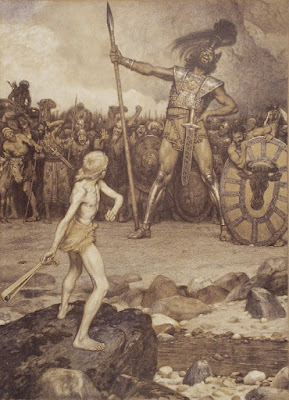
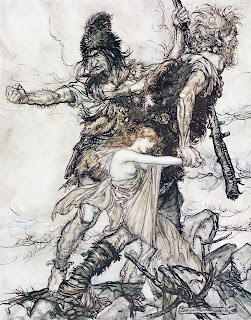

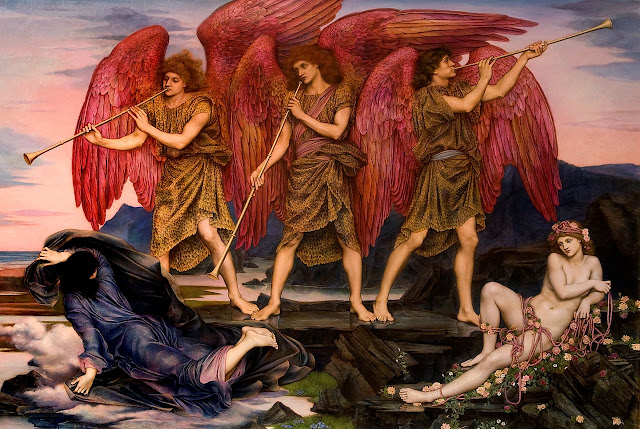



.png)
.png)




